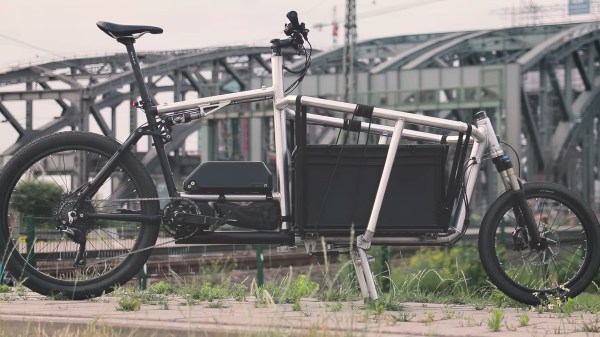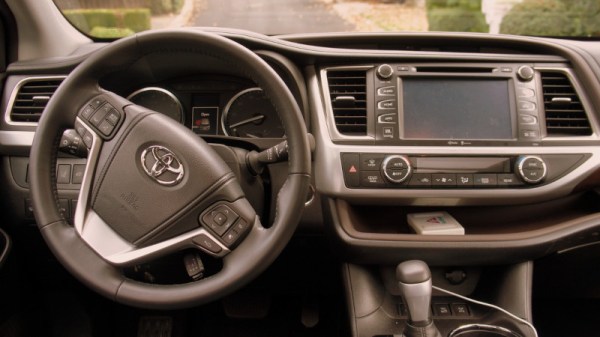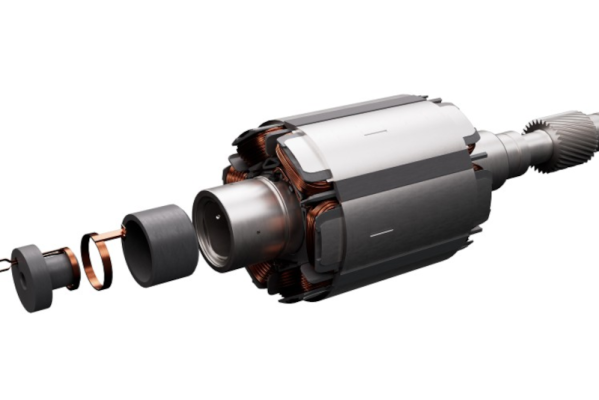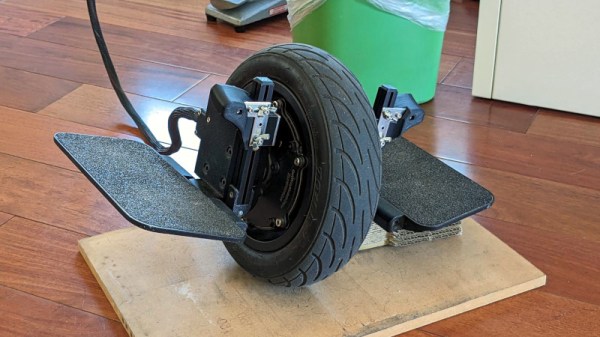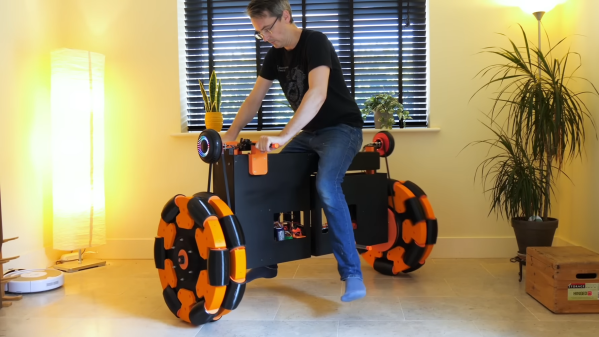The UK bank holiday weekend at the end of August is a national holiday in which it sometimes seems the entire country ups sticks and makes for somewhere with a beach. This year though, many of them couldn’t, because the country’s NATS air traffic system went down and stranded many to grumble in the heat of a crowded terminal. At the time it was blamed on faulty flight data, but news now emerges that the data which brought down an entire country’s air traffic control may have not been faulty at all.
Armed with the official incident report and publicly available flight data, Internet sleuths theorize that the trouble was due to one particular flight: French Bee flight 731 from Los Angeles to Paris. The flight itself was unremarkable, but the data which sent the NATS computers into a tailspin came from two of its waypoints — Devil’s Lake Wisconsin and Deauville Normandy — having the same DVL identifier. Given the vast distance between the two points, the system believed it was looking at a faulty route, and refused to process it. A backup system automatically stepped in to try and reconcile the data, but it made the same determination as the primary software, so the whole system apparently ground to a halt.
It’s important to note that there was nothing wrong with the flight plan entered in by the French Bee pilots, and that early stories blaming faulty data were themselves at fault. However we are guessing that air traffic software developers worldwide are currently scrambling to check their code for this particular bug. We’re fortunate indeed that safety wasn’t compromised and only inconvenience was the major outcome.
Air traffic control doesn’t feature here too often, but we’ve previously looked at a much earlier system.
Header image: John Evans, CC BY-SA 2.0.


